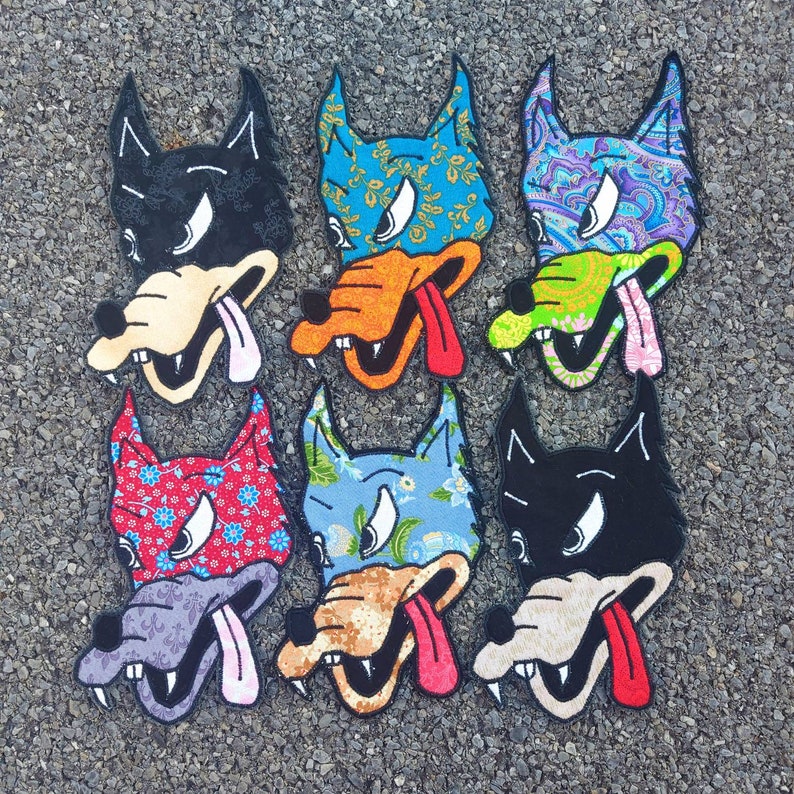

Garcia always put down that performance, too. The song also has a special, strange place in Dead history: It was part of their five-song set at Woodstock, a year before “High Time” was recorded. The elliptical way Garcia ends Hunter’s verses with “Well, I know” is arrestingly pretty, and, living up to the title of the song, Garcia’s delicious pedal steel work was way spacier than anything Merle Haggard or Buck Owens - his California country heroes - would have condoned. It’s a classic example of the band bending traditional music to fit its own ideals. “It’s a beautiful song, but I was just not able to sing it worth a shit.” Others would disagree. “The song that I think failed on that record was ‘High Time,’” Garcia told Rolling Stone in a 1972 interview. In that regard, Garcia was never more unhappy with a studio performance than he was with this country-blues breakup song. Garcia and the Dead were always extremely critical of their recorded output they always felt more comfortable onstage, where songs truly blossomed, than in a studio. And without it, what would that music have been?”Īll those sides of Garcia - musically and internally - emerge in this collection of the 50 greatest songs that he performed with the Dead and from his solo records. But you know, what great man doesn’t have that? His bright side, his ebullient side, far seemed to outweigh. Who knows, but there was a decided darkness to him. “I suppose it had something to do with losing his dad so young, and possibly his finger getting chopped off.

“That man had an agony almost that he had to fight,” Hunter said. Nor was he simply “Jolly Jerry,” as his longtime lyrical collaborator, Robert Hunter, told Rolling Stone in a 2015 interview. Over the roughly 35 years that he wrote and recorded songs with the Dead and on his own, Garcia was an uncommonly eclectic musician - equally at home with folk, bluegrass, electronic music, old-timey ballads, country, reggae, and Chuck Berry-style rock & roll. Just as the Grateful Dead were more than just a “jam band,” Jerry Garcia was more than just the affable Captain Trips of the scene. Related: Grateful Dead Ultimate Album Guide


 0 kommentar(er)
0 kommentar(er)
